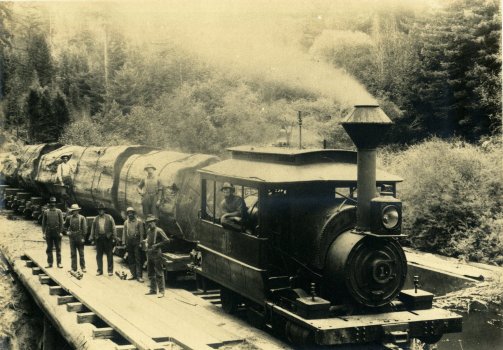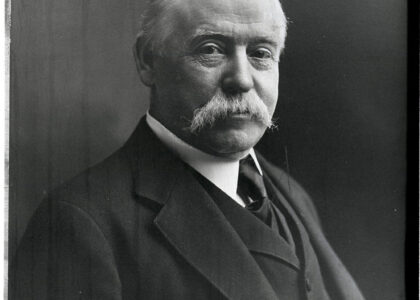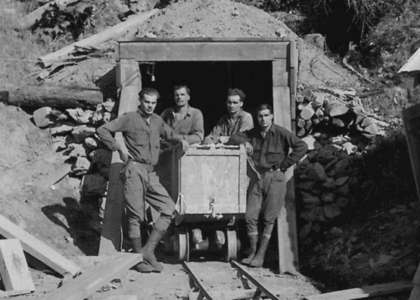Welcome to the Mendocino Lumber Company, an integral part of California’s rich lumber history. As you explore the scenic beauty of Mendocino County, you’re standing in a place where the echoes of saws and the shouts of lumberjacks once filled the air. Established in the late 19th century, the Mendocino Lumber Company was a powerhouse in the logging industry, tapping into the vast resources of the coastal redwood forests.
The story of the Mendocino Lumber Company begins in the 1850s, a time when California was experiencing a boom in population and infrastructure due to the Gold Rush. The demand for lumber skyrocketed as new towns and cities sprang up throughout the region. Recognizing this need, a group of entrepreneurs founded the company, using Mendocino’s strategic location with its proximity to the coast and its access to the dense redwood forests.
In the early years, the company employed hundreds of workers, including skilled lumberjacks and sawmill operators. These men toiled tirelessly, felling the majestic redwoods and processing them into lumber that would be shipped throughout California and beyond. The lumber was loaded onto ships at the nearby port, bound for San Francisco and other burgeoning cities.
Notably, the Mendocino Lumber Company was at the forefront of technological advancements in the industry. They were among the first to adopt steam-powered sawmills, which significantly increased production capacity and efficiency. This innovation allowed them to dominate the lumber market on the West Coast for many decades.
A key figure associated with the company was Charles Perkins, a visionary businessman who played a pivotal role in its expansion. Under his leadership, the Mendocino Lumber Company not only thrived economically but also contributed to the development of the local community. Perkins invested in infrastructure, including roads and housing for workers, laying the foundation for the modern-day town of Mendocino.
The company faced challenges, too. The early 20th century brought about changes in environmental awareness and regulatory measures aimed at preserving the redwood forests. These developments forced the company to adapt its practices, balancing economic interests with environmental stewardship. Despite these challenges, the Mendocino Lumber Company continued to operate until the mid-20th century, when it finally closed its doors as the demand for redwood lumber declined.
Today, the legacy of the Mendocino Lumber Company lives on. The town of Mendocino retains much of its historical charm, with many of the original buildings still standing as a testament to its past. Visitors can explore museums and exhibits that capture the essence of the lumber era, providing a glimpse into the life and times of those who worked tirelessly in the industry.
The Mendocino Lumber Company’s story is a compelling chapter in the broader narrative of California’s development, reflecting the interplay between industry, innovation, and environmental consciousness. As you take in the serene beauty of the redwood forests, remember the industrious spirit that once drove the growth of this area, a spirit that continues to inspire the community today.






